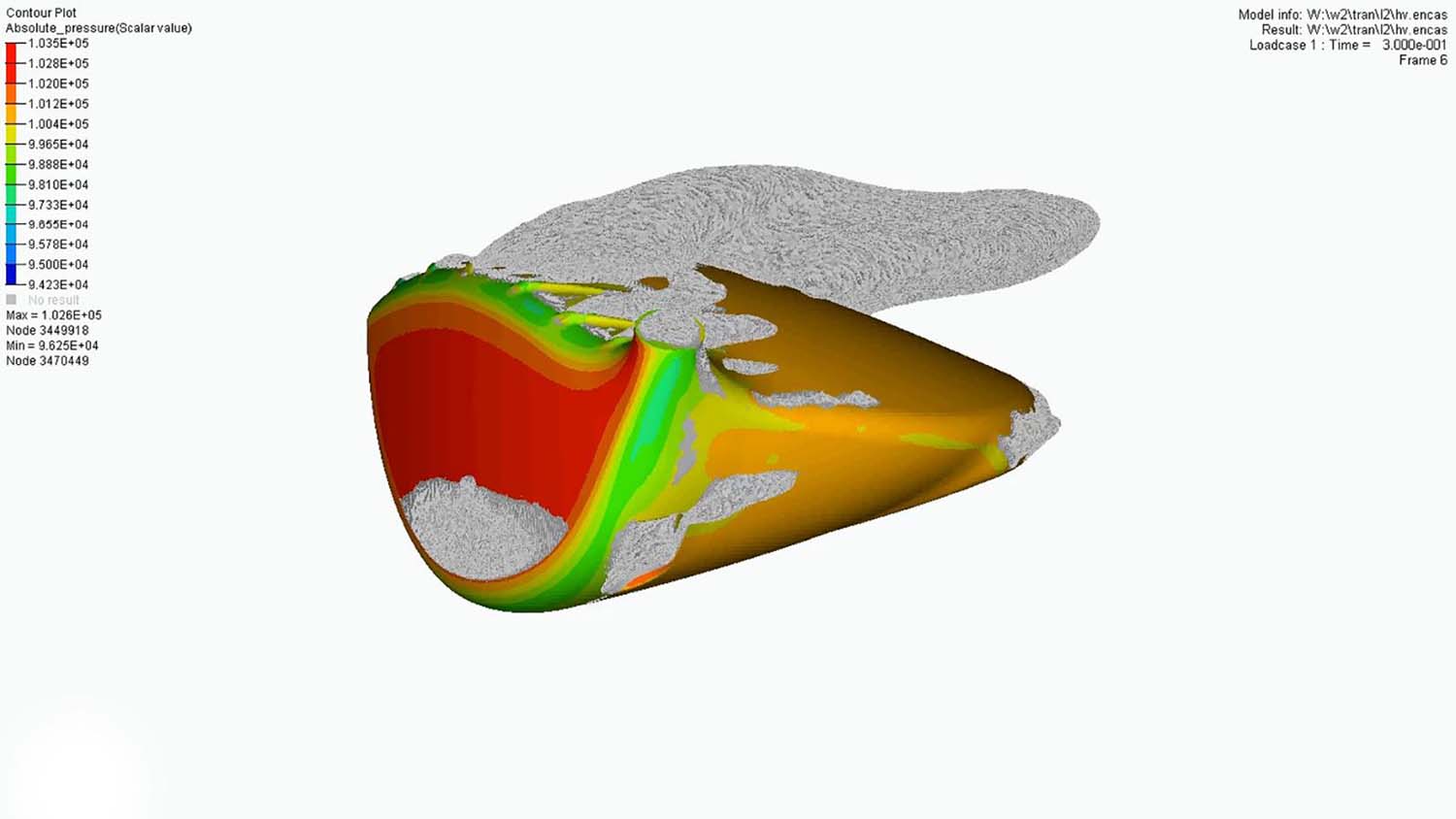Ping has spoken about its use of high performance computing (HPC) to drive its simulation to the next level, partnering with Intel, Dell and Altair for its latest golf club designs.
The collaboration, says Ping, has helped slash design cycle time, decrease variability in product performance and improve quality without delaying time to market – meaning its customers can get an advantage on the golf course before their rivals.
With six decades of R&D expertise, Ping credits its continued success to its continued dedication to innovation through science and technology, even taking influences from engineering technologies outside of the sport.
Its Turbulator Technology, inspired by design features on airplanes and semitrucks, can help golf pros and amateurs swing faster and hit the ball farther, while its Dragonfly technology, based on the science of biomimicry, helps the company deliver ultra-thin, ultra-light crown heads (the top surface of a golf club head). These heads increase forgiveness and help compensate for swings that hit the ball off-center.

Through collaborating with Intel, Altair and Dell Technologies, Ping says it is now able to run these engineering programs concurrently and still have resources to test, innovate and explore new ideas to meet the needs of its customers.
Having worked with Intel technology for 15 years, Ping leverages Intel Xeon Gold processors with Altair Unlimited, a fully managed, turnkey HPC appliance based on a Dell EMC PowerEdge server platform.
These processors offer high clock speeds and large memory capacity to deliver the performance needed for Ping’s computational fluid dynamics, impact, material analysis and acoustic analysis workloads.
In all, the simulation results it achieves are now 4.5 times faster for a single job. The appliance also includes a head node, powered by Intel Xeon Silver processors, that orchestrates resources, controls storage and runs visualisation tools to deliver power and performance.
The Altair applications and solutions that Ping uses are given consistent performance and strong integration through unique instruction sets like Intel Advanced Vector Extensions 512 (Intel AVX-512) and tools such as the Intel oneAPI Math Kernel Library (oneMKL) and MPI Library that are distributed as part of the Intel oneAPI toolkits.

“Solutions from Intel, Altair and Dell help us confidently build out and deploy systems that will not only achieve great performance but will also perform well for years to come,” says Ping senior engineer Eric Morales.
“When you see a product that says ‛Intel Inside’ you know a lot of hard work and advanced technologies have gone into making it. We want our customers to feel the same way about us.”
Morales adds that Ping is optimistic that as design tools evolve, so too will the innovation of their products, with machine learning helping optimise designs even faster and further increase the speed of innovation.






